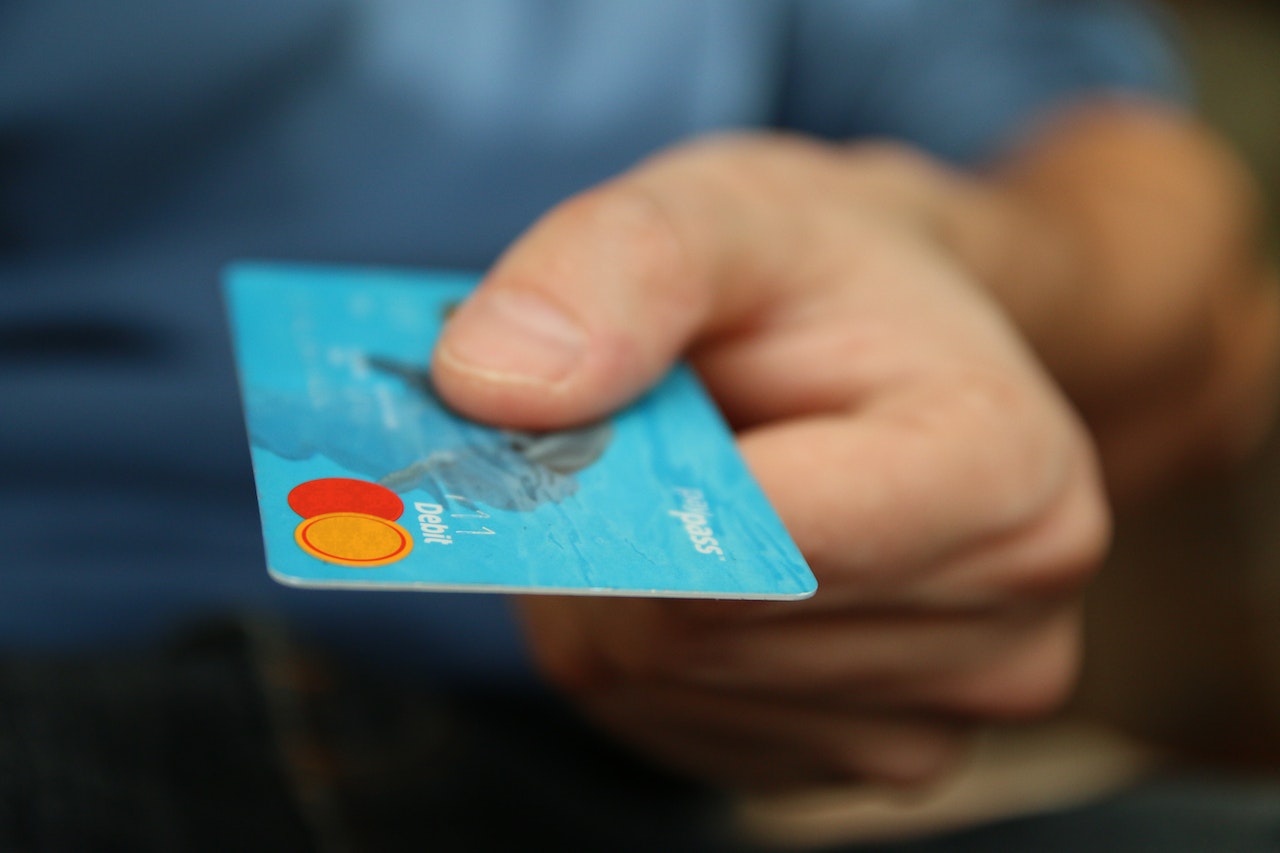
You must have heard of the word “Debt” before, and you might have thought there are no good sides to it, just bad, that even the word in itself is totally negative. Well, you’re about to get a new perspective.
In this GOOD DEBT VS BAD DEBT guide, we will be breaking down what the word debt even means, the good sides, the bad sides and how you can use debt to change your financial life the right way.
What Is Debt? Good Debt vs Bad Debt
Debt is a state of being under obligation to pay or repay someone in return for something received. Basically, it is a state of owing.
There can be good debts and there can be bad debts. Though to identify or classify a debt as either good or bad depends majorly on an individual’s perception, financial objectives and other factors, there are still general and unbiased classifications in this sense.
Lets start with the definition and understanding of what bad Debt is.
Understanding What Bad Debt Is
Bad debt which seems to be the more acknowledged and popular type of debt is the debt which an individual falls into by acquiring depreciating assets and in some cases, could even be liabilities that would put such person at a financial disadvantage.
In simple terms; Bad debt is getting loans/borrowing to buy things you can’t afford, things that won’t help you generate any income in the short or long run. Instead these assets/liabilities will either stay as it is or depreciate in both its own value and in yours as you spend your hard earned money on it for maintenance.
Examples of bad debt is borrowing money or going into debt to purchase things like:
- Vehicles,
- Designer clothing,
- Expensive accommodations,
- Consumables etc.
Though, classifying these as bad debts is not to imply that purchasing things like that is bad in itself. Fine, they are very useful and they meet an individual’s wants or even needs, but borrowing a high interest loan for an asset like that which has no way of generating any income for you is enough reason to classify it as a bad debt. Same goes for clothing and consumables.
However, here are where things get pushed into the gray zone.
Is There Really Anything Such As Bad Debt? Good Debt vs Bad Debt
You remember when we earlier said:
There can be good debts and there can be bad debts. Though to identify or classify a debt as either good or bad depends majorly on an individual’s perception, financial objectives and other factors.
That above quote applies to everyone! What might be a bad debt to you (buying a second car) might be good debt to someone else…Yeah I know it’s confusing but stay with me I will break it down.
The rule is thumb for classifying a debt as either good or bad is: If you can generate an income directly/indirectly from anything you might borrow to buy, you can classify as a good debt.
For example:
- Borrowing to buy a car and then using it to generate a side/main income from Uber
- Buying an expensive suite to look the part for an interview in an high paying job
- Getting accommodation in a specific area because you believe it could boost your income
Normally, you would considered most of these as bad debt! However, you are making these major purchases because it might help you boost your income or improve your business. At that point, can you classify them as bad debt?
Well to better understand these further, lets dive into the standard definitions of good debts and how they work.
Understanding What Good Debt Is
Good Debt is a debt you run into while investing in things that will either sooner or later yield tangible or intangible profit or benefits for you, and also a valid means of paying back such debt while enjoying the values and benefits that come along with such investment.
In other words, good debt helps you raise your credit score. And, unlike bad debt, good debt has lower interest rates.
A common example of good debt is mortgage. Mortgage is a special form of secured loan to purchase assets that are fixed properties e.g. a house or a piece of farmland.
Another example is student loan. Student loan raises your chances at an increased future income especially if you’re buying an education that will lead to a well-paying career and thus perhaps can be considered as a typical situation of the end justifying the means.
Check out this article: 7 Harmful Money Habits Still Keeping You Poor
Using Good Debt To Increase Your Income
Small business loans features investment, increases your net worth and has the potential to make you gain higher earnings. Also, car loans may be bad debt but like we previously mentioned, whether a debt is good or bad depends on a lot of factors including how the asset is being used.
Consider a situation whereby you got a car though loan but the car gave you a better shot at a higher-paying job which it might have been impossible for you to secure such a job without an efficient and reliable means of transportation of which the car offers you; Also, if the car helps you to cut down to a great extent on your usual transportation expenses, it might be considered a good debt.
Another thing that differentiates good debt from bad debt is affordability. When considering if taking on a debt is worth it, it would be wise to ask yourself these two questions:
- Can I afford this debt?
- Will it add to my future value or income?
All the same, one needs to be careful enough so that a good debt doesn’t turn into a bad debt for example if you borrow excessively or too much than you can realistically and easily pay back or at too high interest rate.
How Do You Properly Use Good And Bad Debts?
When used properly, debt can be a very strong tool but can hurt you when used incorrectly. When you use debt for the right reasons, it can help you build your net worth.
Regardless of the type of debt you get into, you have to ensure that whatever the investment, liability or asset you acquire, you maximize their usage such that it either yields more value and profit for you or you ensure it does not depreciate further to an extent of causing bankruptcy for you. Fact is, it goes without saying that it is wiser to purchase needs than wants.
Also, you must make sure you pay off your debts as early as possible, whether you consider it a good debt or a bad debt, since even a seemingly good debt can easily turn into a bad debt if not properly managed. Though it is sensible, to give priority into paying off your bad debts first (that is, pay down high-interest debt first) before the good ones. However, it is important you avoid bad debt when possible.
Check out this article: 5 Financial Topics You Need To Understand Right Now To Change Your Money Life!
The Bottom Line for Good Debt vs Bad Debt
Good debt- mortgages, student loans, vocational education and business loans- yield benefits and increase your wealth. It also steer you toward your goals.
Bad debt– vehicles, clothing, consumables, credit cards, predatory loans, and any loan used for a depreciating asset- steers you away from your goals.
With debt, moderation is essential; even good debt, when overused, can turn bad. Before borrowing money, it is important you ask yourself whether it would steer you towards your goals or away from them.
To conclude, getting into a debt whether good or bad should only be as a last resort, only when there are no other alternatives. So, if you have to get into a debt, the efficiency of your strategy or plan in managing and getting out of such debt as soon as you can is very important.
Check Out This Article: Why Understanding How Interest Rate Works Is Very Important For The Common Man







